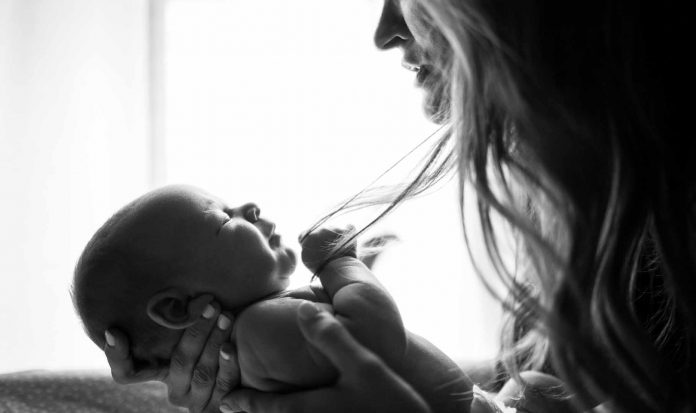A newborn baby’s grand entrance to this world is one of the most beautiful things moms and dads look forward to. In order to make this more than a memorable moment for photos, the World Health Organization and the Department of Health are advocating “Unang Yakap” or “First Embrace”. You might have heard about this mostly from your breastfeeding mommy friends, but here are essentials on what you need to know.
What is Unang Yakap?
Unang Yakap is the campaign of the Department of Health (DOH), in cooperation with the World Health Organization (WHO), launched in 2009, to adopt the Essential Intrapartum Newborn Care (EINC) in the Philippines. EINC is a series of time-bound and evidence-based interventions in caring for newborn babies and their mothers. Through the EINC protocol, there is potential to decrease newborn death by at least half.
How is Unang Yakap done and what are the benefits?
Unang Yakap is done in four steps as described below:
Immediate and thorough drying of the newborn – Immediate and thorough drying for 30 seconds to one minute warms the newborn and stimulates breathing.
Early skin-to-skin contact between mother and newborn – Early skin to skin contact between mother and newborn, and delayed washing for at least 6 hours prevents hypothermia, infection, and hypoglycemia.
Properly-timed cord clamping and cutting – Properly-timed cord clamping and cutting prevents anemia and protects against brain hemorrhage in premature newborns. Properly timed cord-clamping means waiting for the cord pulsations to stop (between 1-3 minutes).
Non-separation of newborn and mother for early breastfeeding – Continuous non-separation of newborn and mother for early breastfeeding protects infants from dying from infection. The first feed provides colostrum, a substance equivalent to the babies’ first immunization in its protective properties. Evidence shows that breastfeeding in the first hour of life prevents about 19% of newborn deaths.
Is this something that I need to tell my OB about or do all doctor’s know about this?
According to pediatrician and breastfeeding advocate, Dr. Raissa Paje-Bayawa doctors know about Unang Yakap since it is already a protocol. But she believes it is still best for expectant parents to discuss this with their OBs and pediatricians PRIOR to delivery.
In relation to the previous question, how do I tell my OB about this without sounding like I know more than he/she does?
In the quarterly babycare workshops that Dr. Raissa conducts, she encourages her participants to make a Birth Plan. She says that expectant parents can make a detailed birth plan and include the Unang Yakap protocol, then discuss this with their OB prior to delivery in a suggesting (not demanding) tone.
Are there any restrictions or exceptions for Unang Yakap?
Dra. Raissa assures that Unang Yakap can be done both in a normal vaginal or a CS delivery. The only exception would be cases wherein the baby, the mother, or both are not well. For example, when the baby is not spontaneously breathing or crying or when the mother is having delivery complications.
Special thanks to Dr. Raissa Paje-Bayawa, a pediatrician and breastfeeding advocate and counselor practicing in Cagayan de Oro City and for Rylie Favorito, a Breastfeeding Advocate for connecting us. Other references for this article include the DOH Administrative Protocol and EINC materials by Dra. Maria Asuncion Silvestre, FAAP Consultant, Essential Newborn Care,
Join our MomCenter Community on our Facebook page and Facebook group for more insights on motherhood and parenting.





